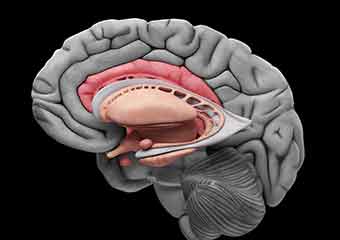Emotional neurocircuitry . . . . . . it’s how the brain is wired for emotions. But in the brain of a person with PTSD, emotional distress could physically (and perhaps even visibly) change the neurocircuitry. In a normal brain, the interaction between the hippocampus and the amygdala is important for processing emotional memory. It’s […]
Neurofeedback Training for Trauma Treatment
Yesterday in the Rethinking Trauma webinar series, I had a conversation with Sebern Fisher, MA. Sebern is an expert in the use of neurofeedback and has seen tremendous success in implementing this revolutionary technology with patients. Some of the questions that have come up repeatedly are, “How do I get trained on using neurofeedback with […]
Healing a Traumatized Brain with Neurofeedback
Pioneers in the field of brain science and the treatment of trauma are continually researching new ways to help treat post-traumatic stress disorder (PTSD) . . . . . . and it looks like they’ve found something that works with the plasticity of the brain to help people gain control over a restless mind. R.C. […]
One Powerful Trauma Intervention for Working with a "Fear-Driven" Brain
When we treat patients who have experienced trauma, we’re often working with a brain that’s driven by fear. So for practitioners, it can be essential to know just what part of the brain to focus in on, and more importantly, what you can do once you know where to look. According to Sebern Fisher, MA, […]
Rethinking Trauma – Stephen Porges and the Polyvagal Theory
Following trauma, the body’s warning system often gets stuck on high alert . . . . . . but in Wednesday’s webinar with Stephen Porges, PhD, we got into some effective ways for “speaking” directly to a trauma survivor’s nervous system. Stephen revealed how things like tone of voice, certain gestures, and even the use […]



